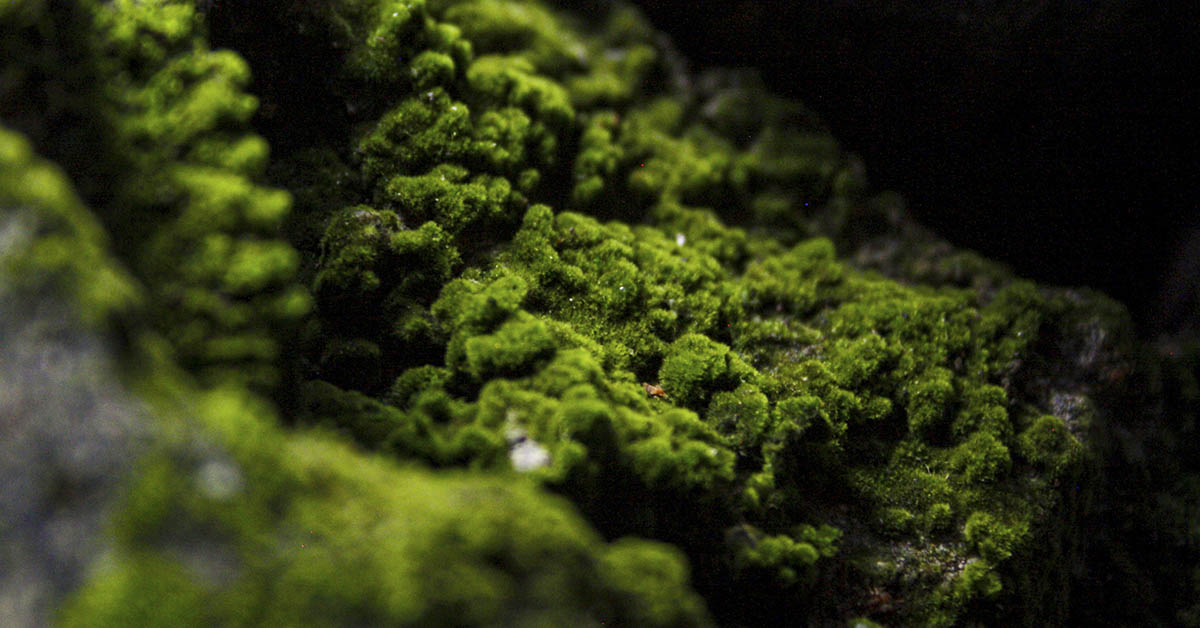The Delft University backed start-up Respyre has developed technology that might revolutionize urban landscapes through integrating biodiversity into concrete. As cities worldwide battle with rising temperatures and air pollution, this technology aims to resolve this challenge. Concrete worsens these problems by absorbing heat and reflecting it back as thermal energy. Researchers at TU Delft have discovered a living solution: Moss-growing concrete that transforms gray urban concrete surfaces into living organic systems.
What Makes Moss-Growing Concrete Special
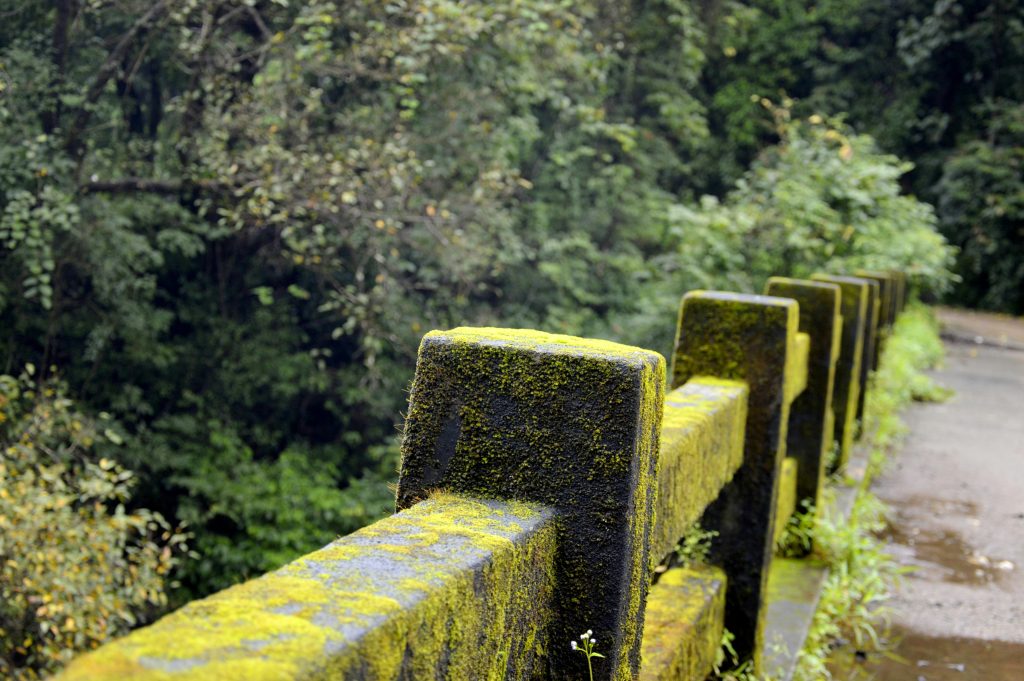
This innovative bioreceptive concrete allows moss to flourish on building surfaces without structural damage. The technology combines a layer of recycled concrete with specialized additives that can be added to normal concrete. This combination creates the perfect growing conditions for moss and does not damage the underlying concrete.
Respyre does not manufacture structural concrete, but a layer that goes on top of it. The concrete contains 70% recycled materials, making it environmentally friendly. Unlike normal concrete, it has increased porosity and can absorb water far better. These properties enable moss to establish itself naturally on surfaces and proliferate effectively. The moss uses rhizoids instead of roots to absorb water and nutrients, meaning it attaches without penetrating the concrete structure.
Scientists at TU Delft developed this technology after observing how moss naturally colonizes old stone surfaces. They created a controlled version that encourages beneficial moss growth while protecting underlying structures. According to Respyre researchers, the bioreceptive concrete has the correct porosity for growth and enables it to last 30 years.
Read More: How to Build a Hügelkultur Bed, and Why You Should
How Moss Transforms Urban Air Quality
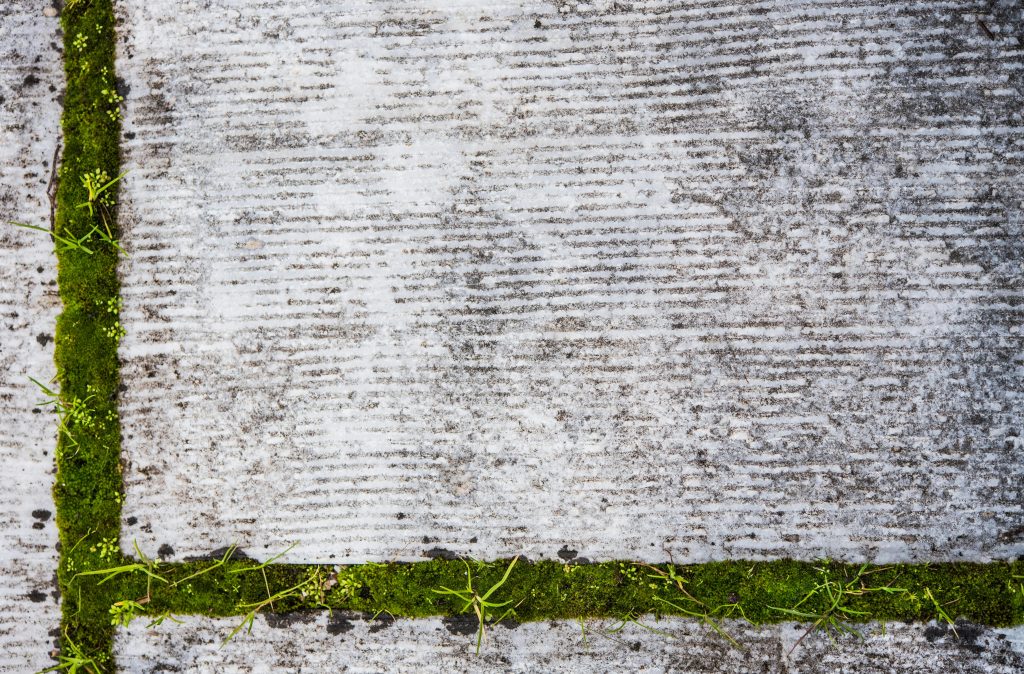
Moss is an effective air purifier, perfect for both indoor and outdoor air purification benefits. Research shows moss absorbs 40% of PM2.5 particles and 46% of PM10 particulates from the air. These microscopic pollutants are what cause serious respiratory problems in urban populations due to industrial activity or heightened population density.
The dense leaf system and surface area of moss allow it to capture airborne contaminants effectively. Moss absorbs nutrients through its rhizoids and leaves, rather than its roots, making it exceptionally efficient at filtering pollutants. Studies demonstrate that moss outperforms common tree species in particulate matter removal in the air.
Urban areas often experience particulate matter levels three times higher than WHO recommendations. This moss-growing concrete directly addresses this crisis by creating vertical air filters on building surfaces. The technology provides continuous air purification and it is a self-maintaining system, requiring little to no maintenance.
Read More: This Rain-Powered Tech Offers a Resilient, Eco-Friendly Solution for Global Cities
Fighting the Urban Heat Island Effect
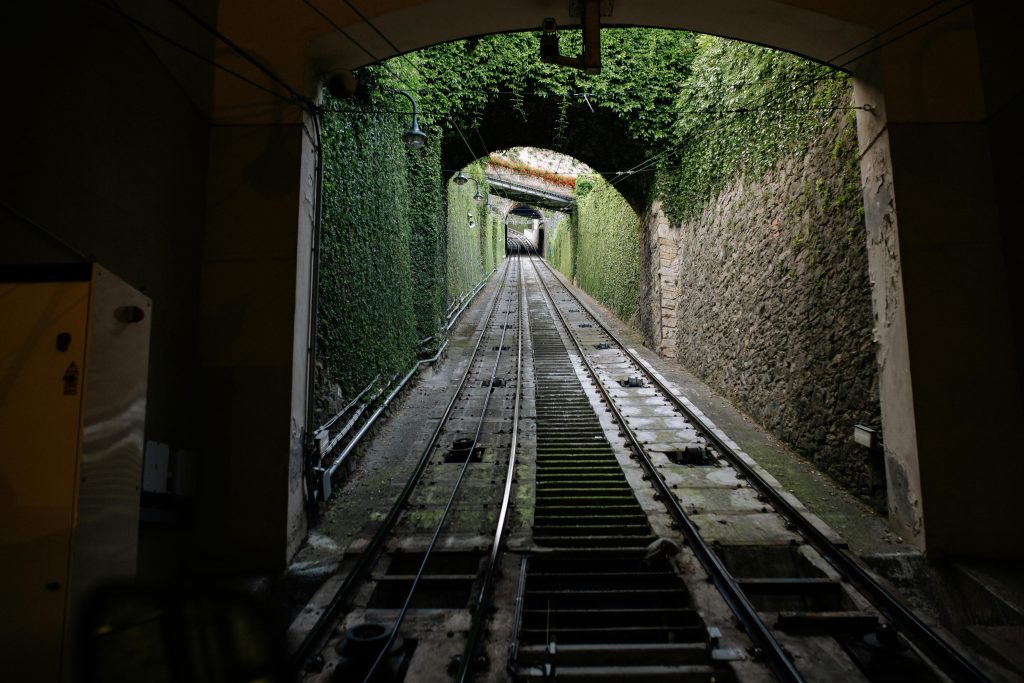
The heat-island effect causes urban areas to become significantly hotter than its surrounding rural areas. This can cause frequent heat waves in these areas. Ordinary concrete surfaces absorb solar radiation during the day and release it as heat at night. This process can increase city temperatures by 1.8 to 5.4 degrees Fahrenheit compared to rural areas.
The bioreceptive concrete combats this effect through providing evapotranspiration cooling, similar to how plants cool their surroundings. This process can reduce surface temperatures by 25-30% after rainfall compared to normal concrete.
The green moss surface also increases albedo, reflecting more solar radiation away from buildings. Research indicates that moss concrete can achieve temperature reductions equivalent to removing 25-75 kg of CO2 per square meter. This cooling effect helps reduce air conditioning demands and energy consumption.
Read More: Underground Hydrogen Reserves Could Sustain Earth’s Energy Needs for Over a Millennium, Study Shows
Biodiversity Benefits in Urban Environments

Cities often struggle with declining biodiversity as natural habitats disappear under concrete development. This bioreceptive concrete creates new opportunities for urban ecosystems to exist amongst the concrete jungle. The moss provides habitat for numerous small insects that serve as food sources for birds and other animals.
Field surveys in Dutch cities identified 26 different moss species that can successfully colonize concrete surfaces. 7 species emerged as particularly effective pioneers, including Tortula muralis and Grimmia pulvinata. These species create stable communities that support other organisms over time.
The technology transforms sterile concrete surfaces into living ecosystems. These green walls provide stepping stones for wildlife movement through urban areas. The increased biodiversity contributes to healthier urban environments for both humans and animals.
Cost-Effective Green Infrastructure

Other green walls and urban living systems require significant amounts of money and ongoing maintenance. A living wall can cost €500 per square meter with regular pruning requirements. p.The technology can produce 80 square meters of moss coverage from just 1 square meter of starter material. This scalability makes large-scale implementation economically viable. The moss requires no pruning, watering, or fertilization once established, offering an affordable alternative to living walls.
Construction companies can integrate moss concrete into their existing processes without major equipment changes. The material works as a coating over conventional structural concrete, preserving load-bearing capacity while adding environmental benefits.
Read More: New Energy-Generating Cement Could Turn Buildings into Power Plants
Real-World Applications and Success Stories

Several cities have begun implementing bioreceptive concrete in pilot projects. Amsterdam’s Rivierenbuurt district features moss-covered balconies on social housing apartments. Wind turbine manufacturers are exploring moss concrete for turbine bases. The green coating helps industrial structures blend with natural environments. The Netherlands leads moss concrete adoption with multiple research projects and commercial applications. Other European cities are monitoring these implementations to inform their own green infrastructure strategies.
Read More: Newly Discovered ‘Limitless’ Energy Source Could Fuel a Country for 60,000 Years
Future Potential and Scaling Up
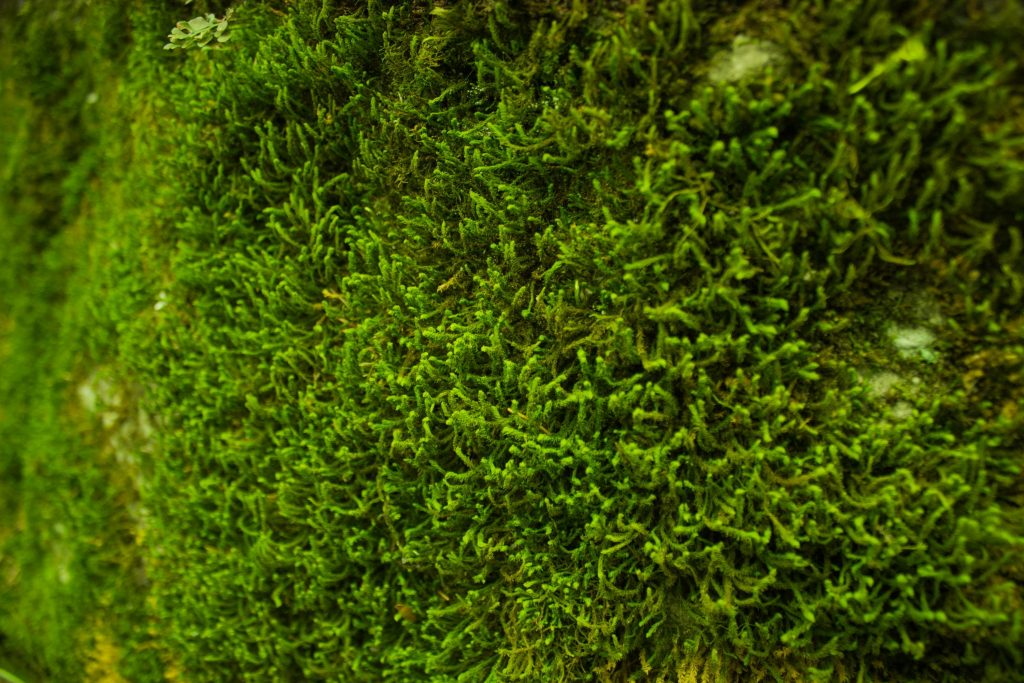
This innovative bioreceptive concrete is just the beginning for bioreceptive building materials overall. Researchers continue developing new formulations that support different plant species and growing conditions. Future applications might include concrete that supports entire ecosystems of plants and microorganisms.
The technology’s scalability makes it suitable for widespread urban implementation. Large-scale deployment could significantly impact city-wide air quality and temperature regulation. Studies suggest that comprehensive moss concrete adoption could reduce urban CO2 emissions by billions of tonnes.
Climate change increases the urgency for innovative cooling solutions in cities. Respyres bioreceptive concrete provides a practical response that addresses multiple environmental challenges simultaneously. The technology offers hope for creating more liveable, sustainable urban environments for future generations.
Read More: Transparent Solar Panels Will Turn Windows Into Green Energy Collectors
